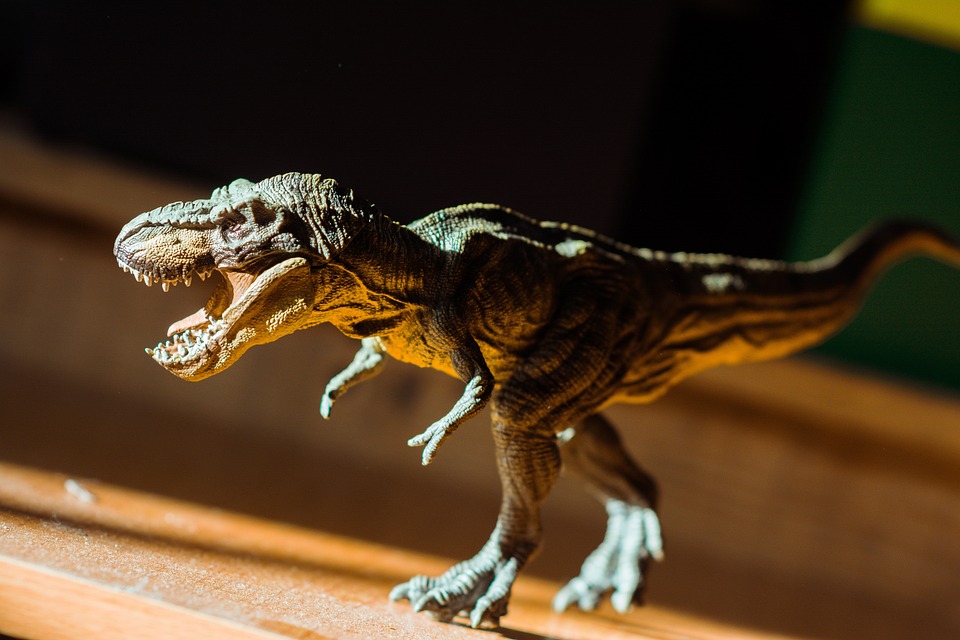Creating a stable ecosystem within your fish tank is crucial for the health and well-being of your aquatic pets. One effective way to achieve this is by incorporating live plants into your setup. In this article, we will guide you through the process of establishing a stable fish tank ecosystem with live plants, while also addressing some commonly asked questions.
Benefits of Incorporating Live Plants in Your Fish Tank
One of the main benefits of incorporating live plants into your fish tank is their ability to produce oxygen and absorb carbon dioxide. This helps to maintain a healthy and balanced environment for your fish. Additionally, live plants act as natural filters, helping to reduce waste and improve water quality. They can also provide hiding places for your fish, reducing stress and promoting natural behaviors. Lastly, live plants add aesthetic value to your tank, creating a beautiful aquascape that mimics a natural underwater environment.
Selecting Suitable Live Plants for Your Fish Tank
When selecting live plants for your fish tank, there are several factors to consider. First, you need to assess the lighting requirements of the plants. Some plants require high-intensity lighting, while others can thrive in lower light conditions. It is important to match the lighting needs of the plants to the capabilities of your aquarium lights. Additionally, consider the size of your tank and the species of fish you have. Some plants may grow too large and overcrowd the tank, while others may be eaten by herbivorous fish. Researching the growth rates and maintenance needs of different plants will help you choose the right ones for your tank. Finally, mixing different types of plants, such as stem plants, ground cover plants, epiphytic plants, and floating or tall plants, will create a balanced and visually appealing ecosystem.
Preparing the Fish Tank for Live Plants
Before adding live plants to your fish tank, it is important to properly rinse and quarantine new plants. This helps to prevent the introduction of any pests or diseases into your tank. Adjusting the lighting and temperature of your tank to suit the needs of the plants is also crucial. Choosing a suitable substrate, such as gravel or sand, will provide a stable base for the plants to root in. Depending on the requirements of your chosen plants, you may also need to consider supplementing with nutrients and CO2 to ensure their healthy growth.
Planting Techniques and Arrangement
When planting live plants in your fish tank, there are several techniques and arrangements to consider. For stem plants, it is best to plant them individually, allowing space for growth and preventing overcrowding. Ground cover plants can be planted in a carpet-like arrangement, covering the substrate and creating a lush and natural look. Epiphytic plants, such as Java ferns or Anubias, can be attached to hardscape objects like rocks or driftwood. This creates a unique and visually interesting focal point in your tank. Additionally, incorporating floating or tall plants adds vertical interest and provides shade for your fish.
Maintaining a Stable Fish Tank Ecosystem
To maintain a stable fish tank ecosystem with live plants, regular water testing and maintenance are essential. This helps to monitor water parameters and ensure they remain within the optimal range for your fish and plants. Pruning and trimming overgrown plants will prevent them from overshadowing other plants and blocking light. Preventing algae growth is another important aspect of maintaining a healthy tank. This can be achieved through proper lighting, nutrient control, and the addition of algae-eating fish or invertebrates. Monitoring nutrient levels and providing adequate fertilization will also help to promote the healthy growth of your live plants.
FAQs: Common Concerns about Establishing a Stable Fish Tank Ecosystem
1. Can I keep live plants in a fish tank with goldfish or other herbivorous fish?
Yes, you can keep live plants with goldfish or other herbivorous fish. However, it is important to choose plants that are hardy and can withstand being nibbled on. Anubias, Java ferns, and Vallisneria are good options for herbivorous tanks.
2. Do live plants require special lighting or can I use regular aquarium lights?
Live plants have varying lighting requirements, so it is important to choose suitable lighting for your specific plants. Some plants may require high-intensity lighting, while others can thrive with regular aquarium lights.
3. How can I prevent algae overgrowth in my planted tank?
To prevent algae overgrowth, ensure that your tank receives the correct amount and duration of light. Additionally, maintain proper nutrient levels and consider adding algae-eating fish or invertebrates to help control algae growth.
4. Are there any specific fertilizers or supplements I should use for my live plants?
There are various fertilizers and supplements available specifically for live plants. These can provide essential nutrients like nitrogen, phosphorus, and potassium. It is important to follow the instructions and dosage recommendations for each product.
5. Should I quarantine new plants before adding them to my fish tank?
Quarantining new plants before adding them to your fish tank is recommended. This helps to prevent the introduction of any pests or diseases that may be present on the plants.
6. Will live plants improve the overall water quality and reduce the need for frequent water changes?
Live plants can help improve water quality by absorbing waste products and releasing oxygen. However, regular water changes are still necessary to maintain a healthy and balanced environment for your fish and plants.
Conclusion:
By incorporating live plants into your fish tank, you can establish a stable and thriving ecosystem for your aquatic pets. Not only do live plants enhance the visual appeal of your aquarium, but they also provide numerous benefits such as natural filtration, oxygenation, and stress reduction. By following the guidelines provided in this article, you can successfully create a harmonious environment where your fish can flourish while enjoying the beauty of aquatic flora.









